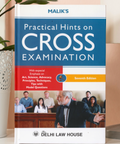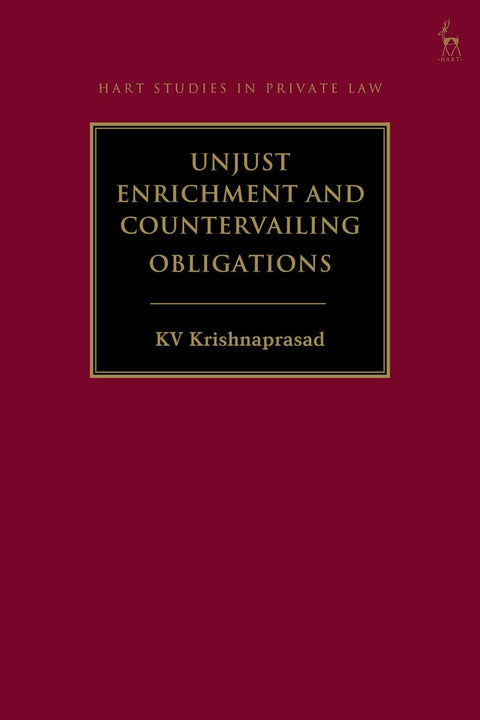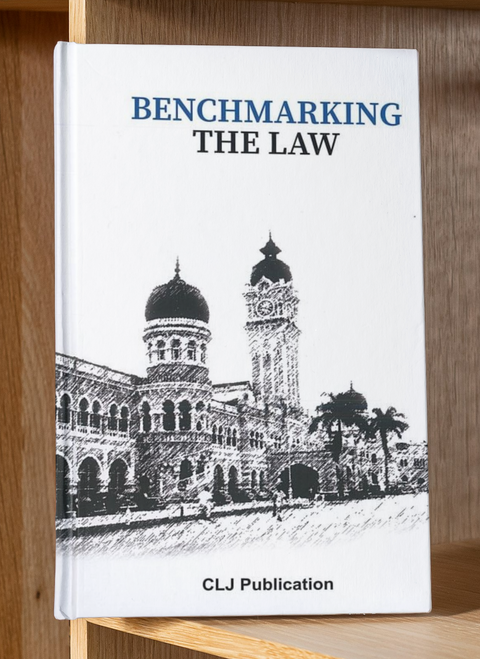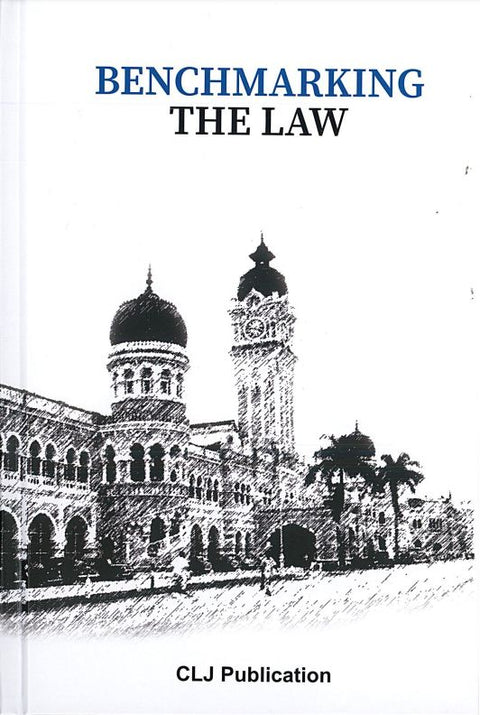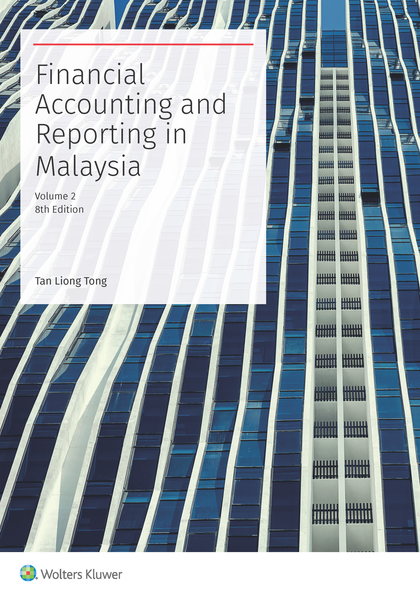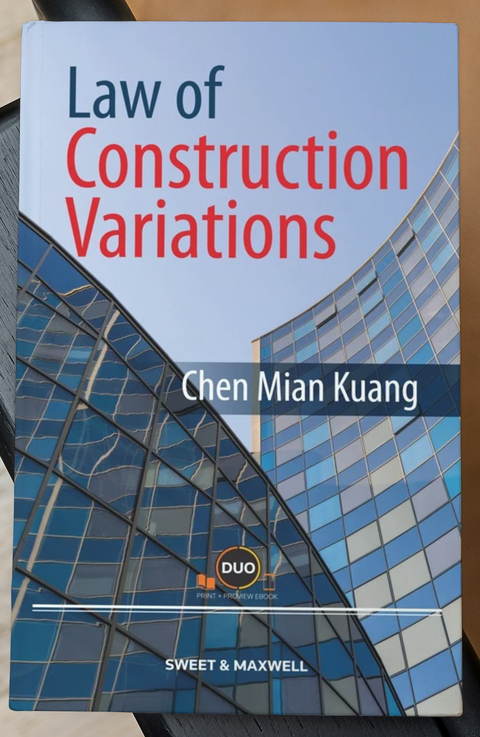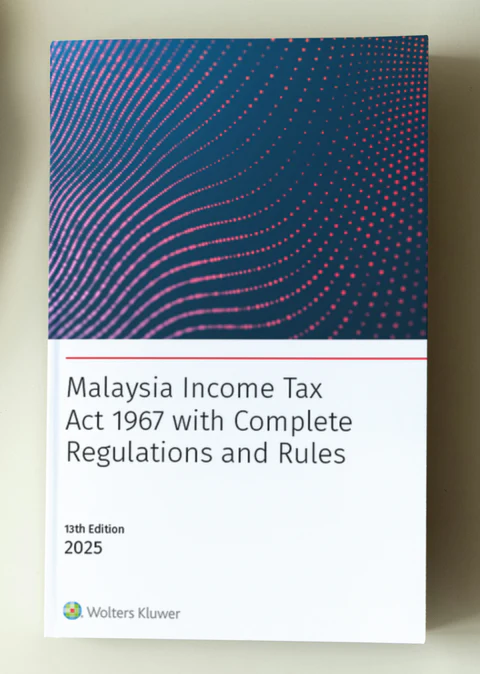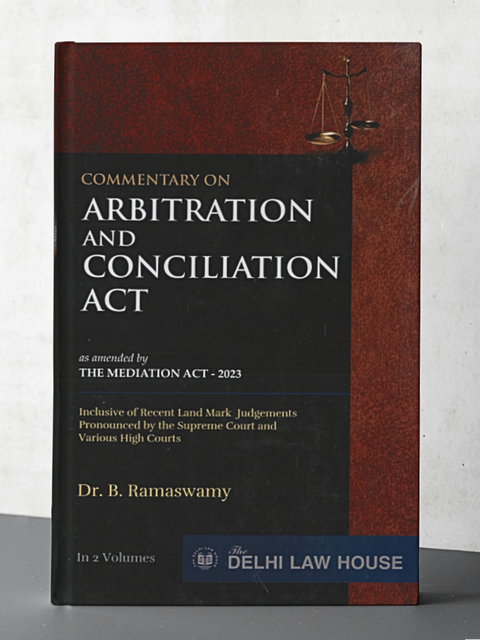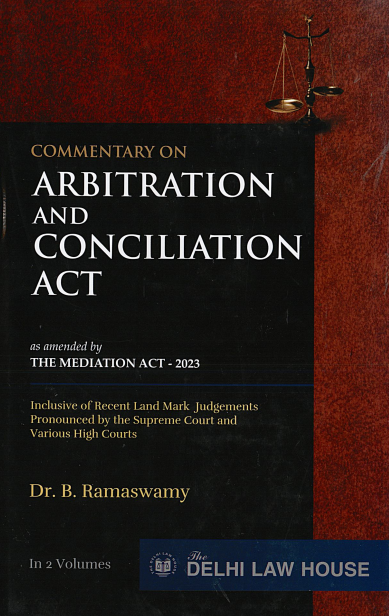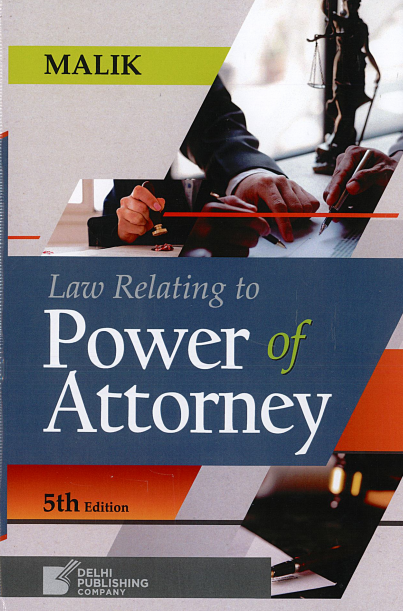




Malik: Law of Pleading and Civil Drafting Alongwith Model Forms | 2024
Malik: Law of Pleading and Civil Drafting Alongwith Model Forms | 2024
| Author | Malik |
| Publication Date | 2024 |
| ISBN | 9788197953071 |
|
Format |
Hardcover |
| Publisher | Delhi Law House |
Drafting is an art that requires a high level of skill and experience. The preparation of pleadings, applications, or notices should be concise, accurate, and fair, avoiding unnecessary repetition, irrelevant details, or the omission of essential facts.
The term "draft" refers to a document created for discussion or consideration, such as a draft agreement, will, lease, conveyance, statement of claim, or affidavit. Once the document is finalized and prepared for execution or signature, the original draft serves as the basis for engrossment or copying.
David M. Walker's The Oxford Companion to Law (1980 edition, p.376) defines a draft as an order by one person to another for the payment of money, such as a bill of exchange or cheque. It also refers to the initial version of a deed or document prepared for discussion and revision, eventually leading to a finalized version for execution.
Drafting plays a crucial role in preparing petitions, applications, affidavits, and other legal documents, combining law and facts for effective presentation before the court. Poor drafting can lead to significant challenges and hinder the resolution of the real issues at hand. By mastering the art of high-quality drafting, legal professionals can effectively communicate grievances and seek appropriate remedies from the court.
A large part of a lawyer’s work involves drafting legal documents, including agreements, bonds, conveyances, leases, mortgages, and notices. These drafts must be clear, precise, legally enforceable, and aligned with substantive law.
The book at hand represents the publisher's first effort on the subject of civil drafting. Its primary goal is to provide readers with a clear, accurate, concise, and comprehensive understanding of civil drafting. The book is organized into parts, each addressing a specific aspect of the subject, with a balanced approach to topic selection. It is particularly useful for advocates practicing civil law, while the model forms and deeds offer valuable guidance to draftsmen, deed writers, government officers, industrialists, and the general public.
The book’s utility is further enhanced by an organized table of contents, a table of cases, and a detailed subject index, allowing readers to quickly locate relevant points. The author extends gratitude to members of the local bar for their valuable suggestions and assistance. Despite the challenges of undertaking such a broad project, the author hopes this effort serves the legal profession well and considers it a success if it gains the approval of the bar.
On a positive note, the book is expected to be highly useful for the judiciary, legal professionals, government libraries, and the general public. Any errors or omissions brought to the author’s attention will be appreciated and corrected in the next edition.
Latest releases
Get your copy today!




